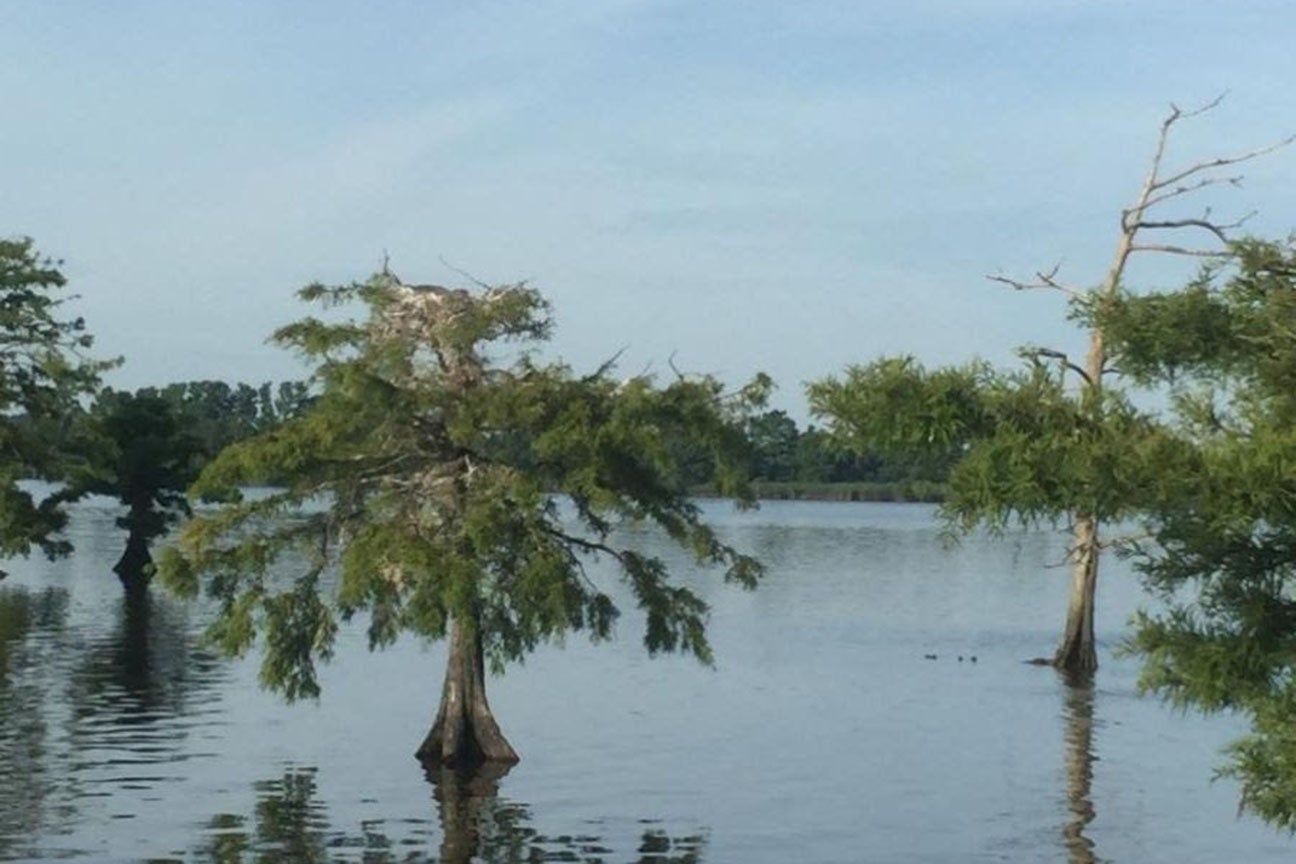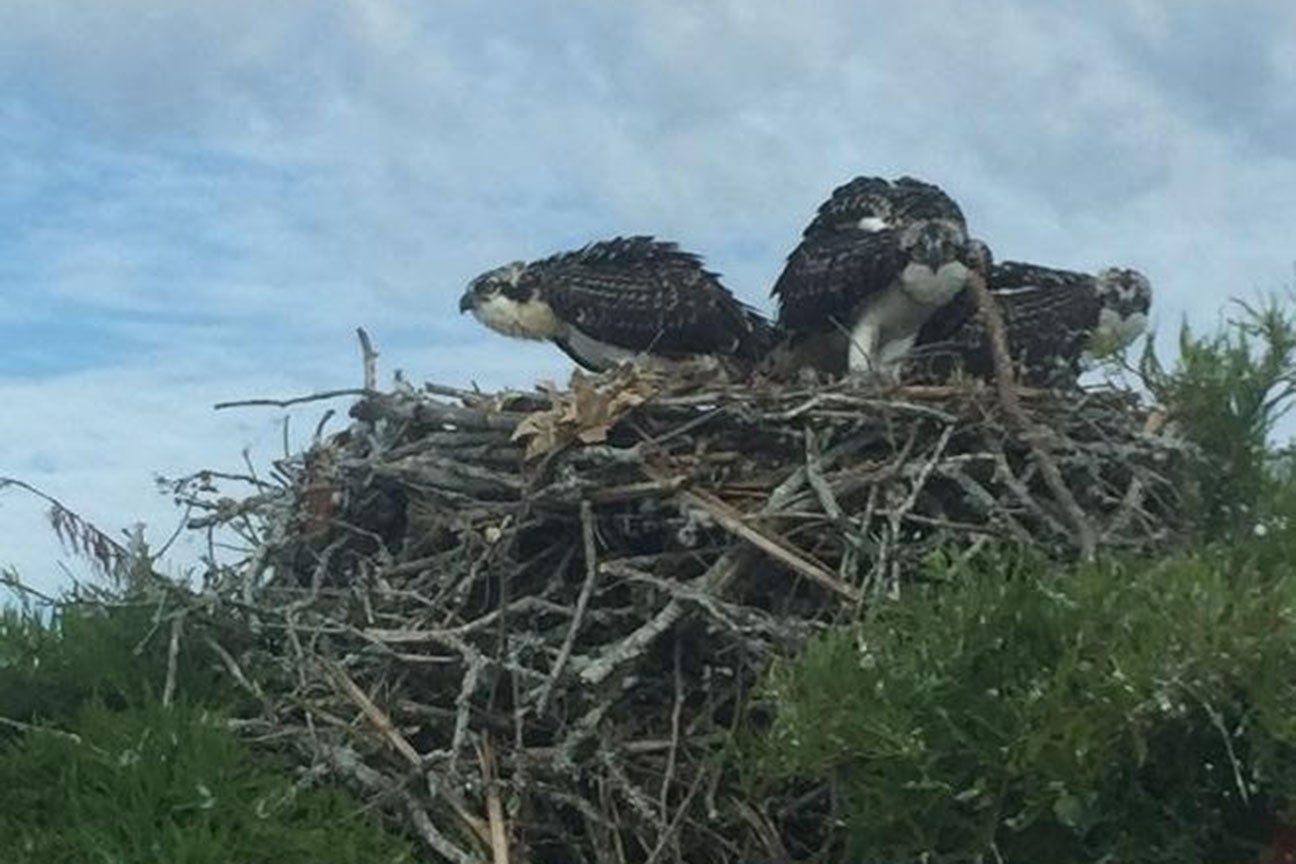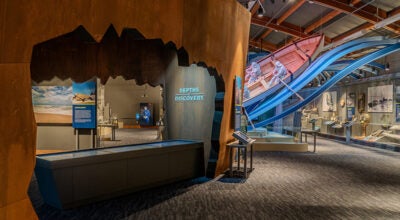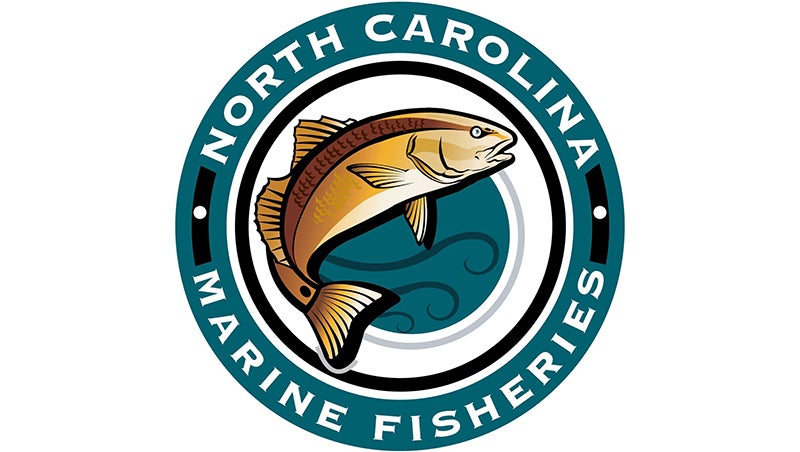Bald cypress trees abound in Lake Mattamuskeet
Published 4:42 pm Wednesday, February 26, 2020
|
Getting your Trinity Audio player ready...
|
When driving State Highway 94 across Lake Mattamuskeet, you will notice the bald cypress trees growing along the shoreline and on the islands within the lake.
These trees are adapted to wet conditions and typically tend to grow along rivers, swamps and marshes. They are valuable as they soak up floodwaters and prevent erosion, as well as trap pollutants and prevent them from spreading into other wetlands.
The bald cypress trees present in the lake probably germinated when the lake bed was dry. Although stunted in size, many of these trees are very old. Some may even date back to the early 1900s when the lake was pumped dry for agriculture purposes.
Many aquatic animals use cypress swamps as breeding, feeding and resting areas. At Mattamuskeet Refuge, wood ducks often nest in hollow trunks, while bald eagles, osprey and great blue herons nest in the treetops. Bald cypress cones produce seeds that are eaten by wood ducks, water birds and various other animals.
Bald cypress are slow-growing, long-lived trees that regularly reach up to 600 years in age and heights up to 150 ft. Along the Black River (a tributary of the Cape Fear River) is a bald cypress that is estimated to be 2,674 years old, according to US Fish and Wildlife, and is considered the oldest living tree in eastern North America.
Mattamuskeet National Wildlife Refuge is one of nine national wildlife refuges in the Coastal North Carolina National Wildlife Refuges Complex. Mattamuskeet Visitor Center, located on the refuge’s main entrance road in Hyde County, is open 8 a.m. to 4 p.m. whenever volunteer staffing is available.
For more information, visit the Mattamuskeet National Wildlife Refuge web page at https://www.fws.gov/refuge/mattamuskeet/
READ ABOUT MORE ON THE WATER NEWS HERE.
RECENT HEADLINES:







